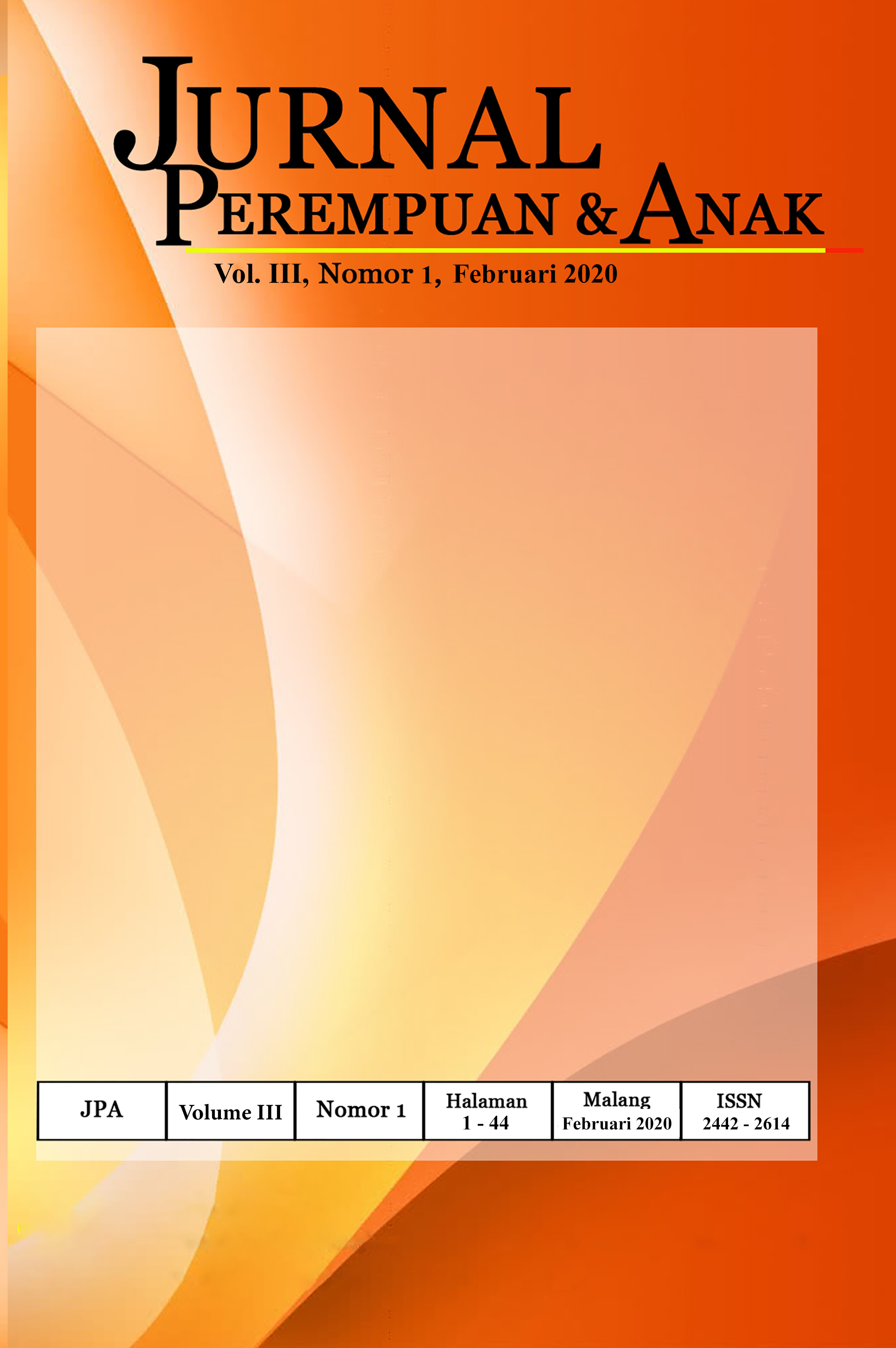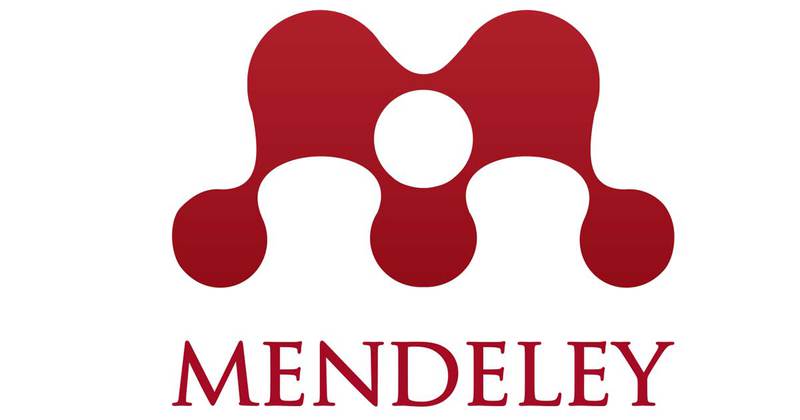Expert System to Identify Risk Factors of Toddler’s Nutrition Status with Case Based Reasoning
DOI:
https://doi.org/10.22219/jpa.v3i1.11810Keywords:
antropometry, children, mk-nn, nutritional statusAbstract
In 2012, Indonesia was the 5th most malnourished country in the world. This rank is affected by the population of Indonesia which ranked fourth in the world. Toddler malnutrition is a hot issue in Indonesia, and it is the basis of programs that supported by goverment to remedies these problems. The number of malnourished children in Indonesia is currently around 900 thousand people. The amount is 4.5 percent of the number of Indonesian children, which is 23 million people. For this reason it is important to predict the nutritional status of children so that preventive measures can be taken to reduce the number of malnutrition status in children in Indonesia. This study aims to apply the Modified K-Nearest Neighboar (M-KNN) method to identify risk factors for toddler nutritional status. The data used in this study is a combination of two types of data sources (primary and secondary data), where the data is obtained from posyandu in Malang. This study uses anthropometric assessment variables for weight and age. The steps taken include: data input, determination of the value of k, calculating the value of validity and the value of weight voting. Furthermore, to measure the performance of the proposed method, measurement is carried out by calculating the accuracy value of the predicted results. From the results of testing with variations in the value of k obtained an accuracy value of 75% using 295 nutritional status data of toddlers, with neighbors k which is the best value of k = 4.
Downloads
References
A. Wardani, A. A. Soebroto, and R. Regasari, “Aplikasi Sistem Pakar Untuk Diagnosa Gizi Buruk Pada Anak Dengan Metode Dempster-Shafer Berbasis Web,” Mhs. Fak. Sains dan Teknol., vol. 1, no. 2, pp. 1–11, 2015. [2] U. S. Utara, U. S. Utara, and U. S. Utara, “Hubungan Pemberian Makan , Riwayat ASI Eksklusif , Penyakit Penyerta dan Pendapatan dengan Kejadian Gizi Buruk pada Balita di Wilayah Puskesmas Lima Puluh Kota Kabupaten Batu Bara Tahun 2017,” 2018. [3] D. Kesehatan and P. Jawa, “Waspada balita gizi buruk di jawa timur,” 2013. [4] S. Pendukung and D. Support, “Sistem Penentuan Status Gizi Pada Balita Menggunakan Metode K-Nearest Neighbor (KN-N),” no. x, pp. 1–9, 2012. [5] M. M. K. Neighbor, L. P. Muri, B. Pramono, and J. Y. Sari, “Prediksi tingkat penyakit demam berdarah di kota kendari menggunakan metode,” vol. 4, no. 1, pp. 103–112, 2018. [6] 1995, Menkes.pdf. . [7] F. Wafiyah, N. Hidayat, and R. S. Perdana, “Implementasi Algoritma Modified K-Nearest Neighbor ( MKNN ) untuk Klasifikasi Penyakit Demam,” J. Pengemb. Teknol. Inf. dan Ilmu Komput. Univ. Brawijaya, vol. 1, no. 10, pp. 1210–1219, 2017. [8] J. S. Informasi and F. Teknik, “Optimasi teknik klasifikasi modified k nearest neighbor menggunakan algoritma genetika,” J. Gamma, no. September, pp. 130–134, 2014. [9] T. H. Simanjuntak and W. F. Mahmudy, “Implementasi Modified K-Nearest Neighbor Dengan Otomatisasi Nilai K Pada Pengklasifikasian Penyakit,” J. Pengemb. Teknol. Inf. dan Ilmu Komput., vol. 1, no. 3, pp. 75–79, 2014. [10] H. Wijayanto, “Klasifikasi Batik Menggunakan Metode K-Nearest Neighbour Berdasarkan Gray Level Co-Occurrence Matrices ( GLCM ),” Jur. Tek. Inform. FIK UDINUS, no. 5, pp. 1–7, 2015.
Downloads
Published
How to Cite
Issue
Section
License
Authors who publish with Jurnal Perempuan dan Anak (JPA) agree to the following terms:
- For all articles published in Jurnal Perempuan dan Anak (JPA), copyright is retained by the authors. Authors give permission to the publisher to announce the work with conditions. When the manuscript is accepted for publication, the authors agree to automatic transfer of the publishing right to the publisher.
- Authors retain copyright and grant the journal right of first publication with the work simultaneously licensed under a Creative Commons Attribution-ShareAlike 4.0 International License that allows others to share the work with an acknowledgment of the work's authorship and initial publication in this journal.
- Authors are able to enter into separate, additional contractual arrangements for the non-exclusive distribution of the journal's published version of the work (e.g., post it to an institutional repository or publish it in a book), with an acknowledgment of its initial publication in this journal.
- Authors are permitted and encouraged to post their work online (e.g., in institutional repositories or on their website) prior to and during the submission process, as it can lead to productive exchanges, as well as earlier and greater citation of published wor (See The Effect of Open Access).
This work is licensed under a Creative Commons Attribution-ShareAlike 4.0 International License








